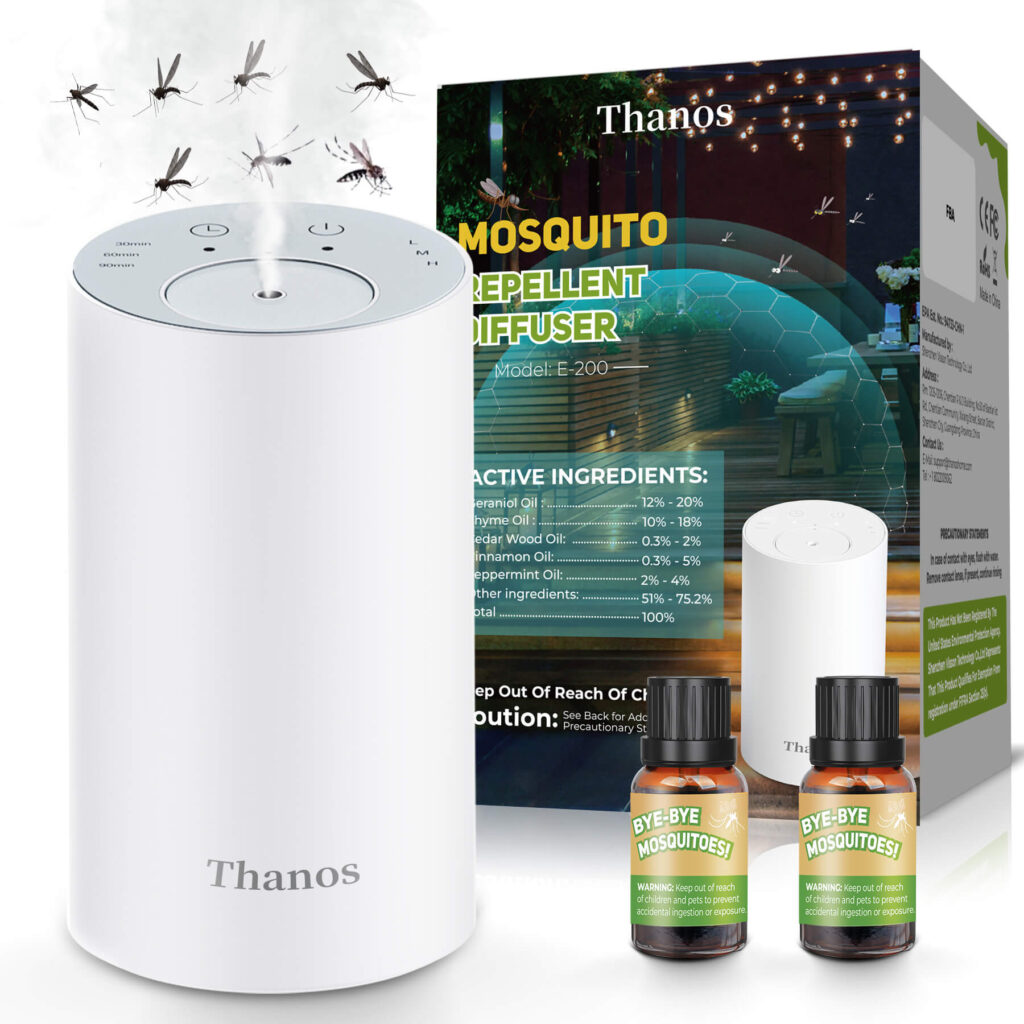Originally published at: Will UV light in bug zapper hurt your eyes? - Thanos Home
When summer arrives, so do those pesky insects. If you enjoy spending warm nights on your patio, you likely have considered a bug zapper to combat the onslaught.
These devices, which use UV light to attract and exterminate insects, have become increasingly popular.
However, a common question arises: Will UV light in bug zappers hurt your eyes?
Let’s delve into the details to understand the potential risks and how to mitigate them, while keeping your outdoor spaces bug-free.
What is a Bug Zapper?
A bug zapper, also known as an electronic insect killer, is a device that uses ultraviolet light to lure insects.
Once the insects are drawn in, they are electrocuted by a grid near the light source.
The combination of attraction and extermination makes these devices incredibly efficient for insect control.
How Do Bug Zappers Work?
- UV Light Attraction: Insects are naturally attracted to ultraviolet (UV) light. The UV bulbs in bug zappers produce a light wavelength that is enticing to many flying insects.
- Electrocuting Grid: When insects get close enough to the light, they come into contact with an electrified grid, which kills them instantly.
- Collection Tray: The remains of the zapped insects often fall into a tray, making it easy to dispose of them.
Understanding UV Light
Before we answer our main question, it’s essential to understand what UV light is.
Ultraviolet (UV) light is a type of electromagnetic radiation that is invisible to the human eye. UV light is categorized into three types:
- UVA (long-wave: 320-400 nm)
- UVB (medium-wave: 280-320 nm)
- UVC (short-wave: 100-280 nm)
Most domestic bug zappers use UVA light, which is the least harmful but still requires some precautions.
Potential Risks of UV Light Exposure
Despite UVA light being the least harmful type of UV radiation, prolonged exposure can still pose risks.
Overexposure to ultraviolet light can cause:
- Eye Strain: Constant exposure to UV light can cause eyestrain, resulting in discomfort and fatigue.
- Photokeratitis: Also known as “corneal sunburn,” this condition can occur from UV light exposure and is akin to a sunburn on the surface of your eyes.
- Cataracts: Long-term exposure may increase the risk of developing cataracts, a clouding of the lens in the eye which can lead to impaired vision.
Symptoms of UV Eye Damage
Some signs that you might be experiencing eye damage from UV exposure include:
- Red, irritated eyes
- Pain or discomfort in the eyes
- Blurred vision
- Extreme sensitivity to light
Mitigating Risks
Luckily, there are steps you can take to enjoy the benefits of a bug zapper without compromising your eye health.
Use Protective Measures
- Distance: Keep a safe distance from the bug zapper. Aim to position it at least 6-8 feet away from your primary sitting area.
- Eyewear: Consider using protective eyewear if you need to be close to the device for extended periods.
- Placement: Place the zapper higher and out of direct eye line. This helps to minimize direct exposure.
Regular Maintenance
Routine maintenance of your bug zapper can also reduce risks:
- Clean the Tray: Remove dead insects from the collection tray regularly to ensure optimal performance.
- Check the Bulb: Ensure the UV bulb is functioning correctly and replace it as needed.
Alternative Solutions
If you are still concerned about UV exposure, consider alternative insect control methods:
- LED Bug Zappers: These use LED lights that do not emit harmful UV radiation.
- Natural Repellents: Use natural repellents like citronella candles or essential oils that can deter insects without any light emissions.

Final Thoughts
So, will UV light in bug zappers hurt your eyes?
The answer lies in moderation and precaution.
While the ultraviolet light used in bug zappers can potentially cause harm, following simple safety measures can mitigate these risks.
Ensure proper usage, maintenance, and consider alternatives if necessary. That way, you can enjoy a bug-free environment without worrying about UV exposure.
